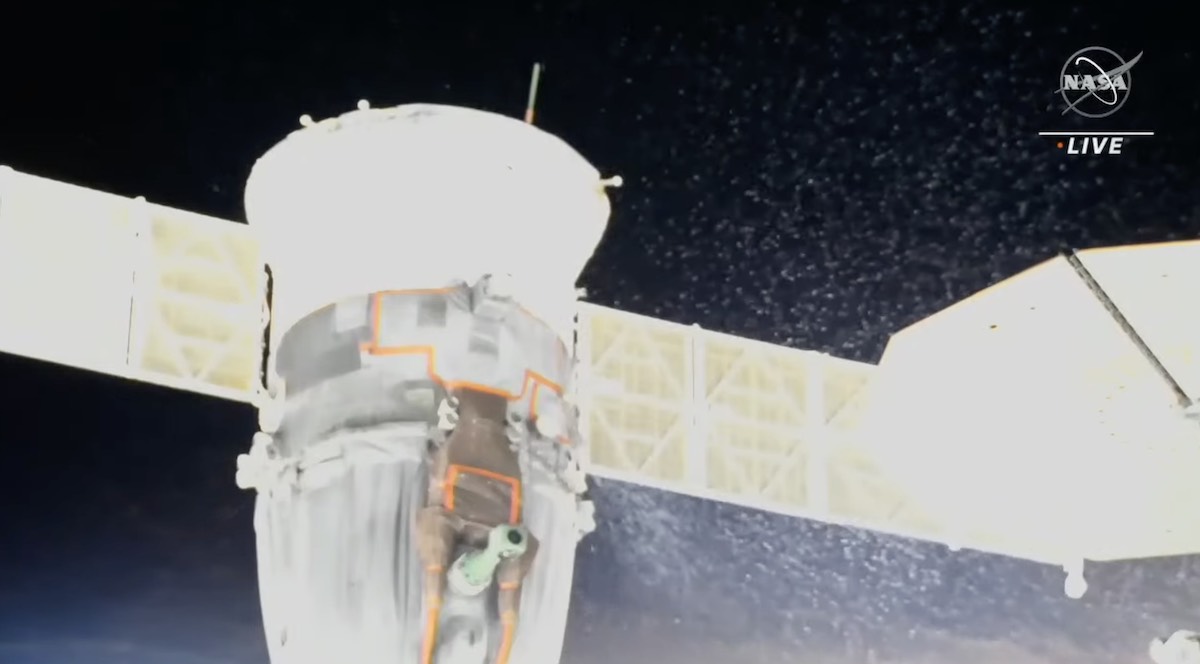STORY WRITTEN FOR CBS NEWS & USED WITH PERMISSION

Launch of a Russian Soyuz crew capsule to replace a damaged ferry ship docked at the International Space Station is being delayed in the wake of a second incident that resulted in similar damage to a Progress cargo ship, a senior official said Monday.
In both cases, the spacecraft suffered a total loss of coolant, raising the prospect of high internal temperatures that could damage flight computers or other sensitive systems after undocking. The Soyuz was damaged by a presumed micrometeoroid impact. The cause of the Progress damage is not yet known.
The odds of separate impact events two months apart that could damage the same system on two different spacecraft are improbable, but it would seem just as unlikely that two different issues, one of them impact related and the other not, could affect the same systems.
In any case, Yuri Borisov, head of the Russian federal space agency Roscosmos, said Monday launch of the replacement Soyuz, which had been planned for February 19, was being delayed to March pending additional analysis.
NASA and SpaceX plan to launch a Crew Dragon capsule carrying a crew of four — two astronauts, a Russian cosmonaut and a United Arab Emirates astronaut — on February 26. They will replace four other Crew Dragon astronauts who plan to return to Earth on March 4. Those flights remain on schedule.
The Soyuz MS-22 crew — Sergey Prokopyev, Dmitri Petelin and NASA astronaut Frank Rubio — was launched to the space station last September. They had planned to return to Earth next month to wrap up their own six-month stay in space.

But on December 14, a presumed micrometeoroid punctured the hull of the Soyuz, apparently rupturing a coolant line. Roscosmos released photographs of the impact site Monday, showing what appears to be a small puncture surrounded by discoloration from escaping coolant.
Russian engineers concluded the Soyuz MS-22 spacecraft could not safely carry its three crew members home and opted to launch the next Soyuz in the sequence, MS-23, without a crew on board. Prokopyev and his crewmates will return to Earth in September aboard the new spacecraft.
But last Saturday, the Progress cargo ship suddenly lost its coolant in an apparently unrelated incident. Unlike the damaged Soyuz, whatever caused the Progress issue occurred on the side of the vehicle that’s not visible to space station cameras. Engineers do not yet know if another impact occurred are whether a component failed.
“A commission is working on the Progress … case,” Borisov said in translated remarks on Telegram. “Until the cause of the emergency situation is determined, a decision was made to postpone the launch of the Soyuz MS-23 spacecraft in unmanned mode until March 2023.
“We emphasize that nothing threatens the life and health of the crew,” the post concluded.
